The Swine Health Information Center’s 2023 Plan of Work was approved by the SHIC Board of Directors during their January 27, 2023, meeting. SHIC’s mission remains to protect and enhance the health of the United States swine herd; this annual review of projects and priorities directs actions for the upcoming year. The POW is divided into four sections addressing SHIC’s priorities – 1) Monitor and Mitigate Risks to Swine Health, 2) Respond to Emerging Disease, 3) Surveillance and Discovery of Emerging Disease, 4) Improve Swine Health Information – with significant activities planned in each category, including the Wean-to-Harvest Biosecurity Program added to the Plan of Work in mid-2022 and extending into 2023. Following are some of the highlights of each section. Click here to access the complete 2023 Plan of Work.
1) Monitor and Mitigate Risks to Swine Health
SHIC, along with the Foundation for Food and Agriculture Research and Pork Checkoff, joined together to fund and launch a two-year Wean-to-Harvest Biosecurity Research Program in the late fall of 2022. Program goals are to investigate cost-effective, innovative technologies, protocols, or ideas to enhance biosecurity during the wean-to-harvest phases of swine production. Submitted research proposals have been reviewed by industry-wide task forces focused on transport and site biosecurity. The work will continue into 2023, with solicitation for targeted proposals and projects seeking creative, new ways to enhance biosecurity and demonstrate return on investment.
SHIC will investigate the ability of common production inputs to act as mechanical vectors for disease introduction onto farms in 2023, to supplement the work of the Wean-to-Harvest Biosecurity Research Program. Projects could include decreasing the potential for pathogen transmission via feed and investigation of common non-feed inputs as vectors, all designed to inform and strengthen farm biosecurity.
Enhancing the Global Swine Disease Monitoring Report to expand understanding of disease status in countries around the world remains a top priority for SHIC. The GDMR gathers information from official organizations, companies, and individuals with international experience to compile outbreaks and global disease data. During 2023, the objective will be to add country or regional information about production diseases through the formation of a global veterinary diagnostic laboratory network.
African swine fever will continue to be a monitoring priority in 2023, with the objective of protecting the US pork industry from its introduction. SHIC will continue to participate in industry-wide efforts on this topic with research to inform effective national prevention, response, and recovery programs.
2) Respond to Emerging Disease
There is no predicting when or where the next emerging disease will appear. Japanese encephalitis virus in Australia has caused both pork production losses and public health disease. Research priorities have been drafted to focus the research on what producers need to know for effective prevention, detection, response, and recovery, should the virus enter North America.
Refining and enhancing the Rapid Response Corps program will continue in 2023. To ensure Rapid Response Teams can respond to nonprogram emerging disease outbreaks quickly and effectively, more volunteer participants will be trained. In addition, a standardized outbreak investigation instrument has been drafted and a web-based data and information entry platform has been developed. This, along with availability of National Pork Board’s AgView program tool for tracing pig movements, require updates of Rapid Response Corps training materials and Team exercises.
3) Surveillance and Discovery of Emerging Disease
To enhance detection of emerging disease, SHIC needs to be prepared with funds in place that can be quickly mobilized to support filling the immediate research gaps following an introduction. This research will provide producers and their veterinarians with critical information that they will need to effectively and rapidly respond to any disease outbreak. Consequently, the SHIC Diagnostic Fee Assistance program will be reviewed and broadened for improved results.
4) Improve Swine Health Information
The Swine Disease Reporting System takes advantage of major veterinary diagnostic laboratories’ willingness to share information and the SHIC-supported infrastructure to enable it. Advisory member feedback is gathered with the goal of making the SDRS a more timely and actionable source of information. Effort to mine SDRS data for emerging disease signals will be implemented.
SHIC, with co-sponsor American Association of Swine Veterinarians, plans to offer four to six current topic webinars. The objective of these webinars, continuation of a program launched in 2020, is to keep pace with industry chatter about swine health challenges.
Beyond SHIC’s established means for communication of swine disease information to a variety of stakeholder audiences, renewed outreach to state animal health officials and state pork producer associations will expand delivery of key messages in 2023.
Input for the Plan of Work is always welcome as SHIC seeks to be quickly responsive to industry needs and issues. Reach out to SHIC Executive Director Dr. Paul Sundberg at [email protected] or Associate Director Dr. Megan Niederwerder at [email protected].
SHIC, launched by the National Pork Board in 2015 solely with Pork Checkoff funding, continues to focus efforts on prevention, preparedness, and response to novel and emerging swine disease for the benefit of US swine health. As a conduit of information and research, SHIC encourages sharing of its publications and research. Forward, reprint, and quote SHIC material freely. SHIC is funded by America’s pork producers to fulfill its mission to protect and enhance the health of the US swine herd. For more information, visit http://www.swinehealth.org or contact Dr. Paul Sundberg at [email protected].
Copyright 2025 | Swinehealth.org | Website by Heartland Marketing Group